Best Seasons for Foundation Repairs
Foundation repairs are most effective when performed during specific seasonal conditions. The optimal time depends on local climate and soil conditions, which influence the stability and accessibility of the foundation. Generally, mild and dry weather provides the best environment for repairs, reducing the risk of delays caused by moisture or extreme temperatures.
Spring offers moderate temperatures and manageable moisture levels, making it suitable for foundation work. However, heavy rains can sometimes cause delays.
Fall can be suitable, especially in regions with mild weather. Early fall allows completion before winter, but late-season rains may impact scheduling.
Winter is generally less ideal due to cold temperatures and potential frost. However, in milder climates, repairs can be scheduled during warmer spells.
Soil type and local climate significantly influence the timing of foundation repairs. Clay soils, for example, expand and contract with moisture levels, making dry periods preferable.

Image depicting excavation and stabilization techniques.

Image showing specialized machinery used in foundation repair.

Image illustrating a foundation before and after repairs.

Ways to make Foundation Repairs work in tight or awkward layouts.

Popular materials for Foundation Repairs and why they hold up over time.
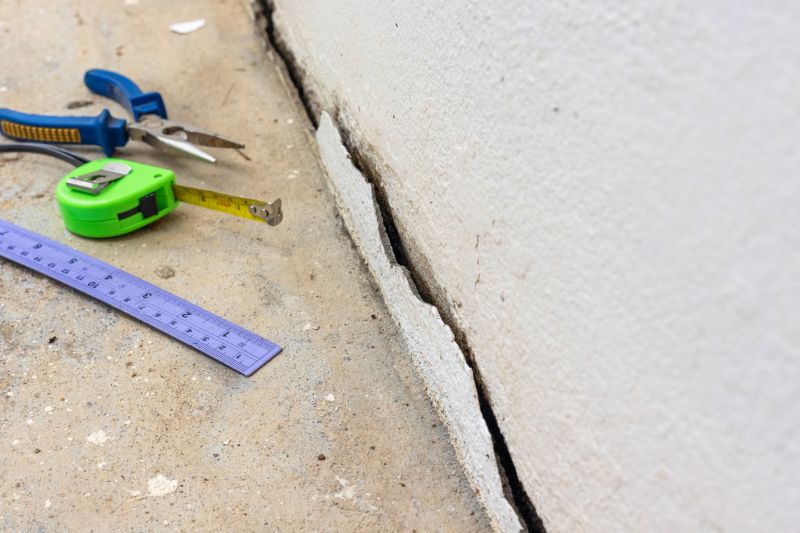
Simple add-ons that improve Foundation Repairs without blowing the budget.
Foundation repairs are essential for maintaining the structural integrity of a building. They address issues such as settling, cracking, and shifting caused by soil movement, moisture changes, or poor construction. Proper timing ensures that repairs are effective and durable, minimizing future problems. Seasonal conditions, soil type, and moisture levels all play a role in determining the best window for intervention.
| Season | Optimal Conditions |
|---|---|
| Spring | Moderate temperatures with manageable moisture levels |
| Summer | Warm, dry weather ideal for construction |
| Fall | Mild weather suitable for repairs before winter |
| Winter | Less ideal; suitable in milder climates during warm spells |
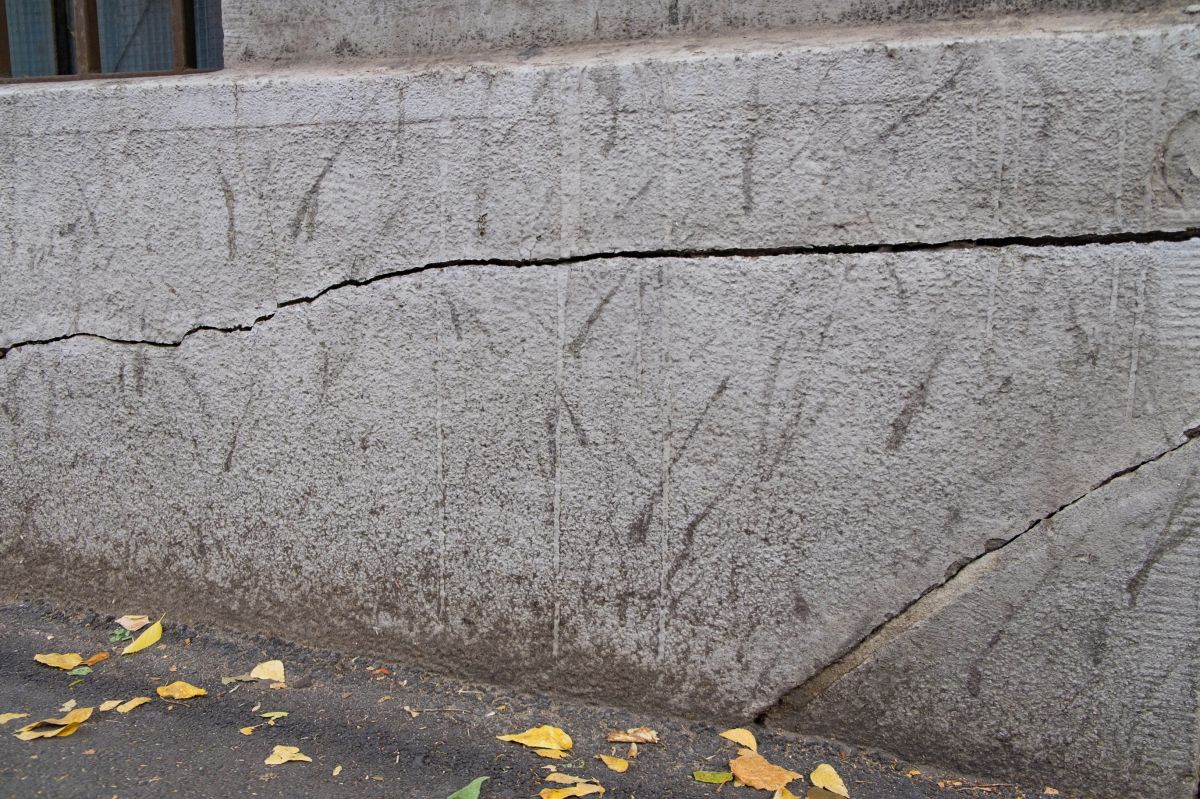
Close-up of foundation cracks indicating settlement issues.
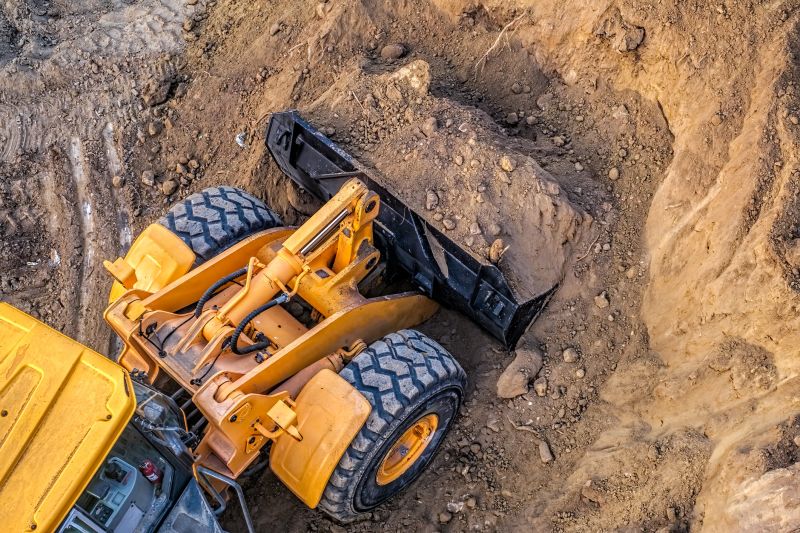
Tools used to assess soil stability before repairs.

Installation of piers to stabilize the foundation.
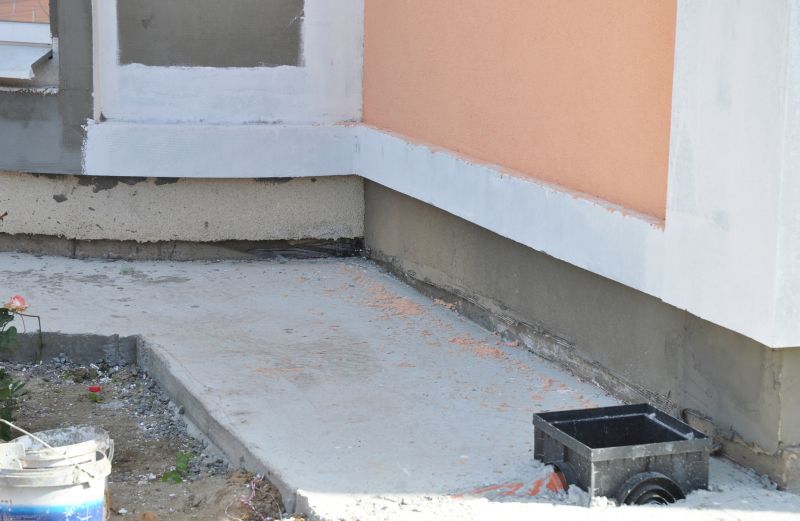
Final stage showing restored foundation stability.

High-end options that actually feel worth it for Foundation Repairs.
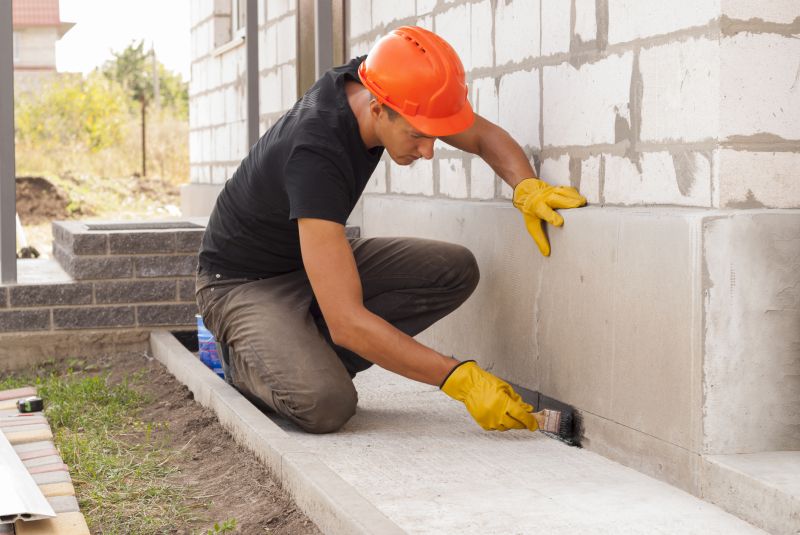
Finishes and colors that play nicely with Foundation Repairs.

Little measurements that prevent headaches on Foundation Repairs day.
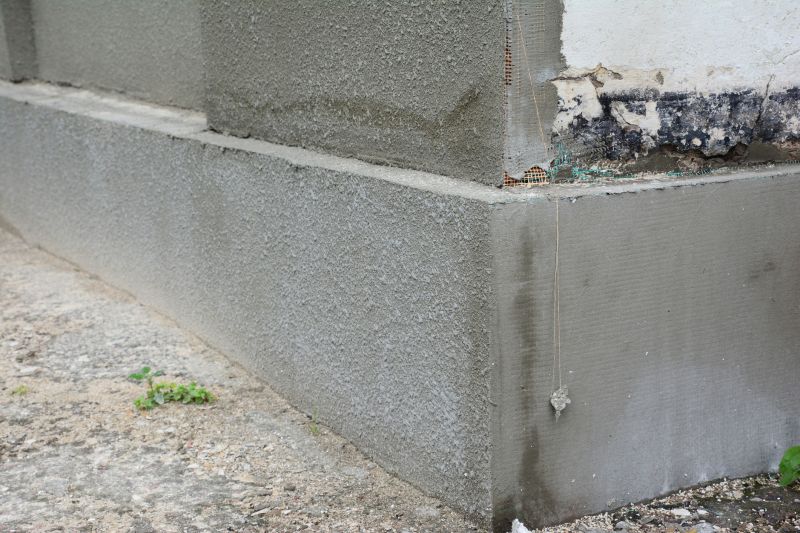
A 60-second routine that keeps Foundation Repairs looking new.
Timely foundation repairs can prevent further structural damage and costly future repairs. Recognizing signs such as uneven floors, sticking doors, or visible cracks can help determine when to schedule repairs. Consulting with foundation specialists ensures that the work is performed during the most suitable season based on local conditions.
Interested in foundation repairs? Filling out the contact form provides a way to get professional assessment and scheduling options tailored to the specific needs of a property in Grove City, Ohio.

